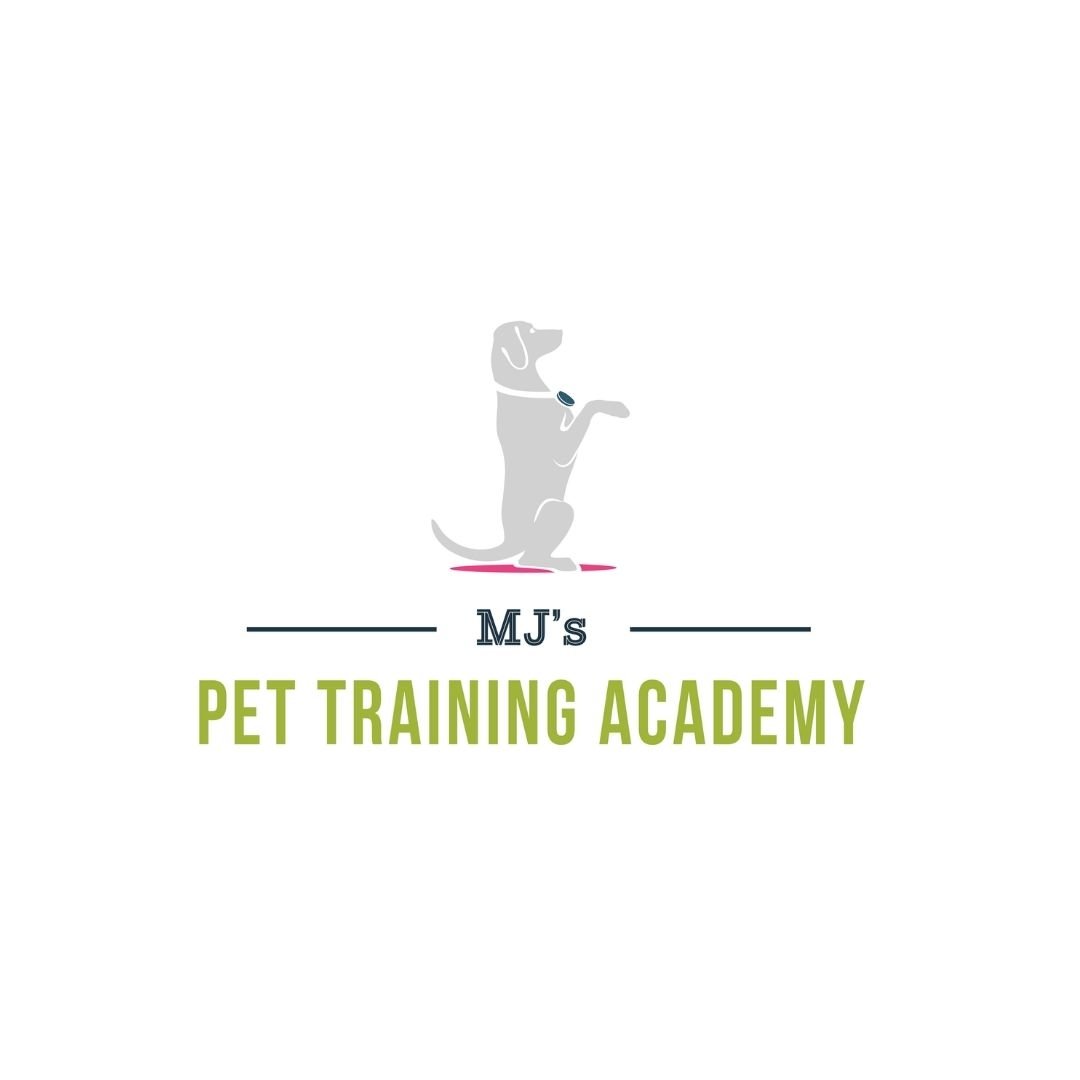Struggling with Puppy Accidents? Why Potty Training Feels So Hard—and How to Fix It!
Ultimate Guide: How to Potty Train a Puppy Fast & Effectively
Get a Free Potty Training Log Below
Puppy potty training isn’t always easy, but with the right strategies, your new puppy will make progress in no time. If your pup is still having accidents, these are a few of my favorite tips to help.
Understanding Normal Puppy Potty Behavior
Before diving into house training a puppy, let’s talk about what’s normal. If your new puppy has accidents inside during the first few days, don’t worry—it’s completely expected. Puppies between 8 to 12 weeks old need to eliminate frequently because they have small bladders and don’t yet understand where to go. Don’t let these young puppies cry in a crate. They are not being demanding, but they have to go! As puppies grow, they can wait longer between potty breaks, but how long will be determined by the individual puppy.
Accidents should begin to decrease if you are guiding your puppy. Don’t expect accidents to suddenly stop completely. Sometimes they happen! It’s up to you to set your puppy up for success and give your puppy enough potty breaks.
Some puppies may struggle to signal when they need to go outside. However, if your puppy is urinating excessively or has frequent accidents despite supervision, consult a veterinarian to rule out medical issues.
Setting Up for Potty Training Success
To minimize accidents and speed up puppy potty training, follow these steps:
Use an enzyme-based cleaner to eliminate odors from accidents.
Remove area rugs if possible to prevent marking behavior.
Use gates or a playpen to limit your puppy’s access to the home.
Supervise your puppy at all times. this is key to successful potty training.
If you’re wondering how to potty train a puppy fast, keep your puppy close to you throughout the day. Leash training indoors or using a playpen can help prevent accidents. During nap time, place your pup in a crate or designated area so that your puppy is not having accidents without you noticing, the moment you turn your back.
How Often Should You Take Your Puppy Out?
More often than you think! A consistent puppy potty training schedule is essential for success. Take your puppy out:
First thing in the morning
After meals
After playtime
After training practice
Before bedtime
Anytime they wake up from a nap
And even the time between all of the above.
Yes, it’s a lot in the beginning, but don’t worry, this will start to look like a reasonable schedule before you know it. The trick is to prevent puppy potty accidents to the best of your ability early on.
Each time your puppy eliminates outside in the correct potty area, reward with praise and sometimes a treat.
Avoid This Common Mistake in Puppy Potty Training!
Don’t rush back inside immediately after your puppy goes potty. Puppies are easily distracted, and they might not fully empty their bladder. Instead, spend extra time outside to reinforce positive behavior of eliminating in the correct spot and to make sure the puppy is done.
Balancing Supervision and Enrichment
Constant supervision is crucial for puppy potty training, but so is meeting their exercise and enrichment needs. Allow supervised free time indoors, play training games, and provide plenty of mental stimulation like puzzle toys.
Since puppies sleep a lot (up to 16+ hours per day), ensure they have a quiet, safe space to rest. Crate training can also support puppy potty training by encouraging bladder control.
Leash Training vs. Off-Leash Potty Training
If your puppy struggles to potty on a leash, practice leash training indoors to help them adjust. If you have a fenced yard, consider using an exercise pen outside. A smaller space can reduce distractions and make it easier for your puppy to focus on potty time.
Pro Tip: Let your puppy play after potty time instead of immediately going inside.
Tracking Progress with a Puppy Potty Training Schedule
Keeping a puppy potty training journal can help you track improvements. As your puppy gains better bladder control, you’ll notice fewer accidents and more success!
Teaching Your Puppy to Signal When They Need to Go
Some puppies naturally learn to wait by the door or vocalize when they need to go out. Others benefit from training with dog potty bells or another signaling method. Find the technique that works best for your puppy’s learning style.
Train for all surfaces
Now is the time to teach your puppy to potty in new places. If you plan to travel with your pup, this is an important skill. Some dogs hesitate to use new surfaces or locations to eliminate. Like all skills, this is something to practice.
Final Thoughts: Be Patient & Stay Consistent!
Remember, puppies are not stubborn, they’re learning! House training a puppy takes time, but with consistency, supervision, and positive reinforcement, your puppy will soon be potty trained.
Stick with it, and soon you’ll have a fully house-trained puppy who knows exactly where to go.
If you're looking for additional support, puppy training classes in Acushnet can help you teach your puppy all kinds of new skills.

